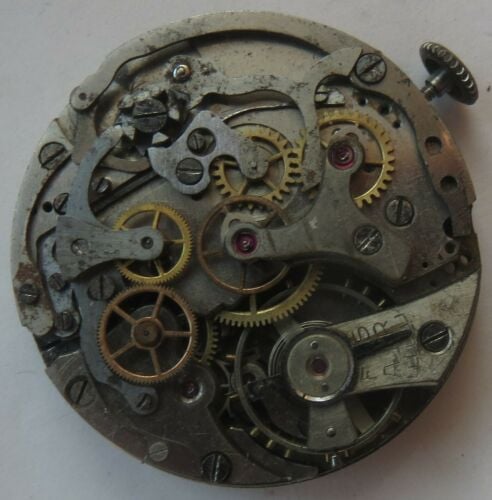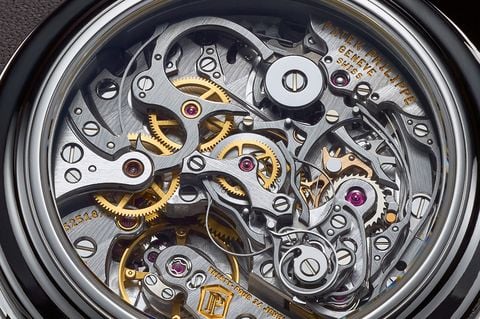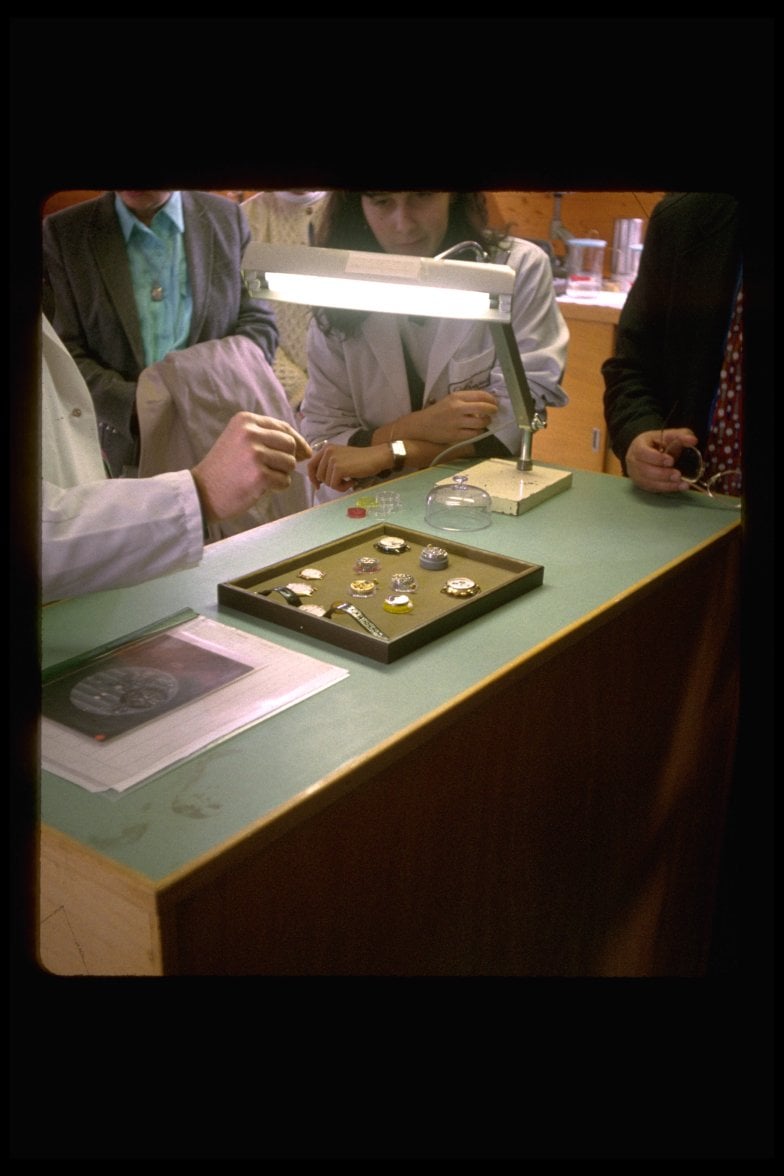pdxleaf
·This makes sense. But was Omega seeking a Geneve seal, either because they simply wanted the recognition or because they were being required to have a seal? (I don't know anything about the Geneve seal and had to look it up.)
I actually had a watch with a busted column. It would work fine until it spun to the missing pillar. So I'm a believer.


